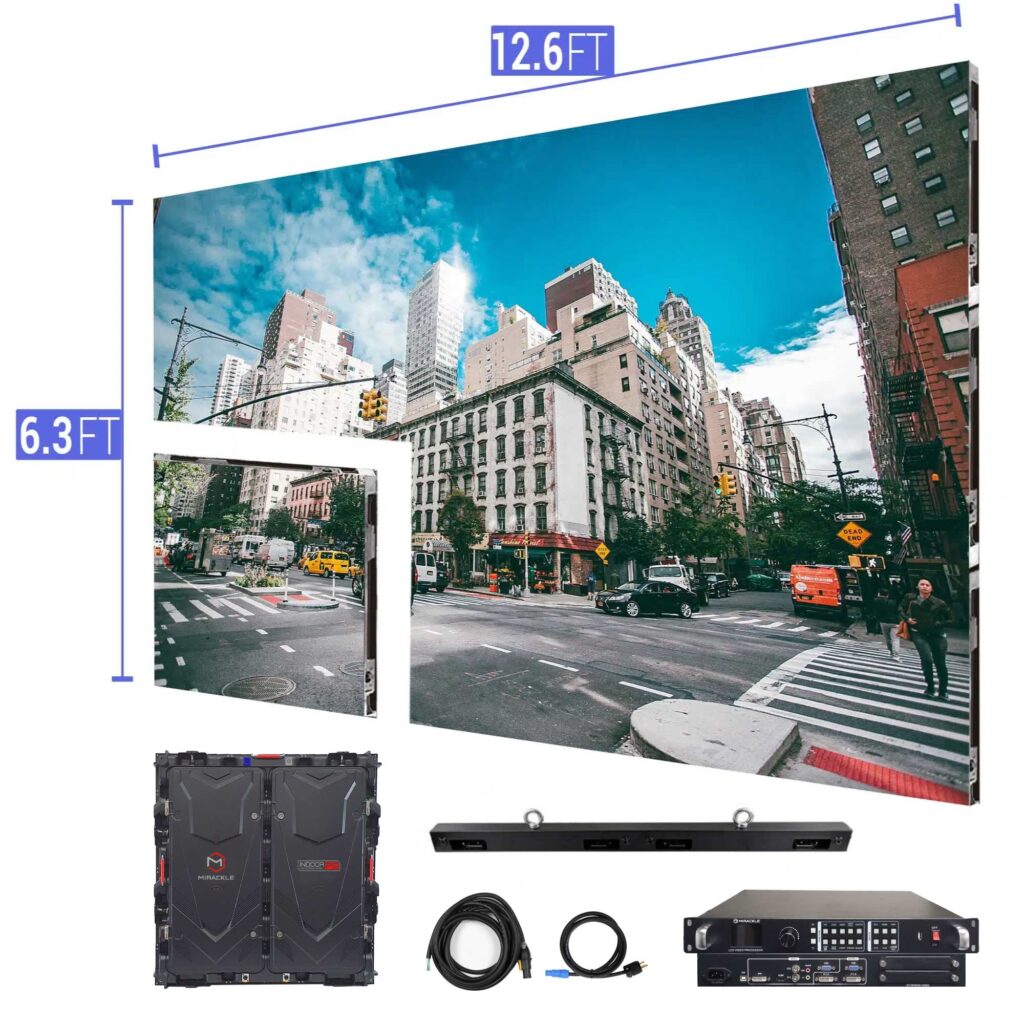To get a grasp on contrast ratios better, it is beneficial to comprehend how they are calculated. The ratio is typically expressed as two numbers, such as 1000:1. This means that the brightest white is 1,000 times brighter than the deepest black. Screens with high contrast ratios offer richer blacks and more vivid whites, which improves the overall visual experience. When watching a movie or playing a video game, for example, these variations can produce a more engaging environment. Users can see details that may be unnoticeable in displays with lower click this link now contrast ratios.
Different types of screen systems, such as liquid crystal display, LED, and OLED, have varying contrast ratios. OLED panels are recognized for their superior contrast because they can turn off individual pixels completely, resulting in true black levels. Conversely, conventional liquid crystal screens may struggle to achieve similar levels of darkness due to their illumination methods. It is essential for consumers to consider these differences when selecting a screen for their needs. Understanding how each technology handles contrast can greatly influence contentment with the product.
Moreover, the importance of contrast ratio goes beyond recreational use; it also influences productivity in work environments. For tasks requiring precise visual analysis, such as visual design or photo editing, having a display with a high contrast ratio enables greater accuracy and clarity. This means creatives can see subtle details in their designs or photographs without discomfort. In learning settings, learners gain from high-quality displays that make learning materials more engaging and easier to understand.

To sum up, improving next image quality through grasping contrast levels is essential for individuals using screen technology. A higher contrast ratio leads to better image quality by providing richer colors and more detail in images. As technology continues to evolve, consumers should remain informed about these specifications to make decisions that align with their needs and requirements. Be it for leisure or productivity, being informed about contrast ratios maximizes satisfaction and efficiency in using screen technology.